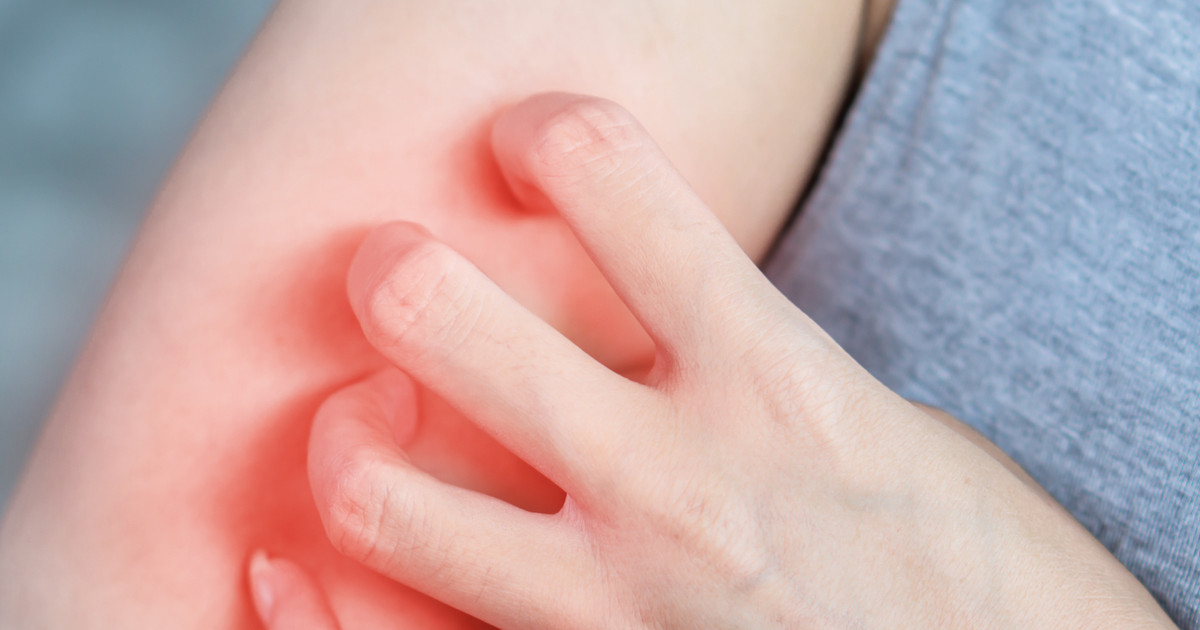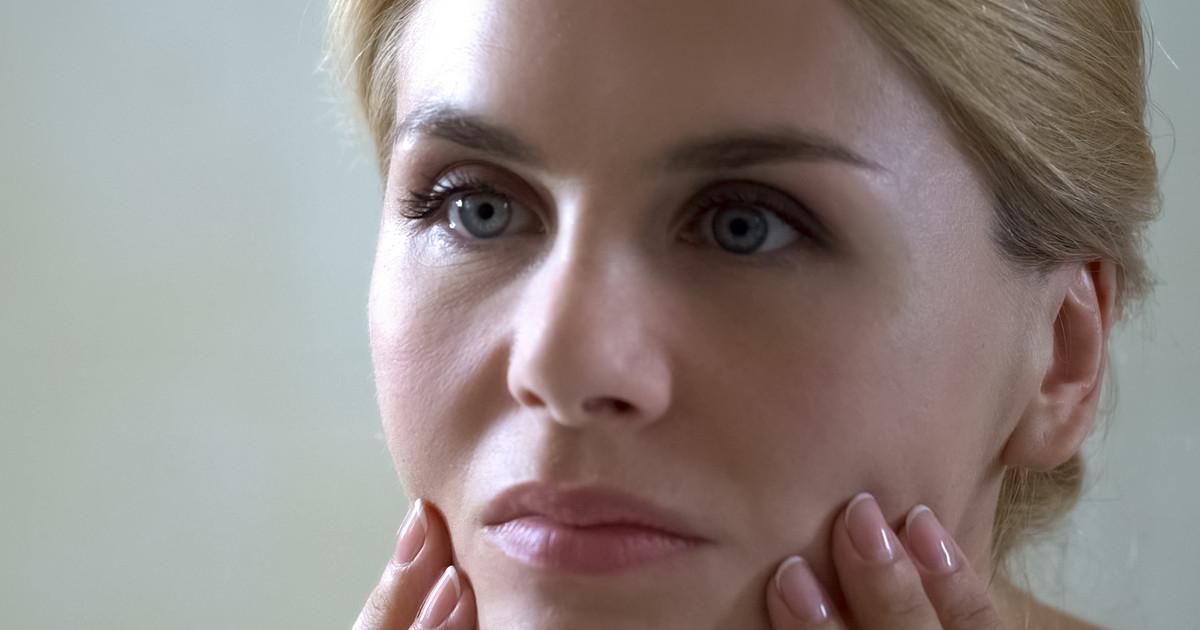Side Effects Of Hydrogen Peroxide
Hydrogen peroxide has been used as a mild antiseptic for decades. The primary purpose is to prevent minor burns, scrapes, and cuts from becoming infected. There are also a variety of non-medicinal uses for the compound. Some individuals might find relief if they use it as a mouth rinse to relieve mouth irritation caused by gingivitis, cold sores, canker sores, or other mild internal wounds. In addition, the compound can sometimes get rid of mucus when used to rinse the mouth. When the compound makes contact with the area, it releases oxygen and foams. This removes the dead skin and debris from around the area, preventing it from getting infected with bacteria. It's important not to use hydrogen peroxide to clean animal bites, serious burns, or deep wounds. It does have some potential side effects.
Get familiar with these now.
Skin Redness

One potential side effect of hydrogen peroxide is skin redness. The solution cannot easily be absorbed through non-wounded skin. If there are solutions of ten percent applied to the skin, it can be extremely irritating and even cause damage, which can lead to redness and discomfort. Ten percent solutions are most commonly found in hydrogen peroxide hair bleaching solutions, which should always be touched with gloves. Household disinfectants that use hydrogen peroxide tend to have concentrations of between three and five percent. They have a mildly irritating effect on the skin and mucous membranes, which can also lead to mild redness. Doses of three percent concentration have been deemed 'safe' for handling with the skin, but they can still cause redness and discomfort when used on sensitive skin. This is particularly true if individuals use the solution for the sake of skin whitening or trying to clear acne scars rather than as a disinfecting agent. Medical professionals don't tend to use hydrogen peroxide to disinfect wounds anymore because of the effect it has on sensitive skin.
Keep reading to learn about more side effects of hydrogen peroxide now.
Stinging Sensation

Some antiseptic solutions have a soothing effect on the skin, while others feel like they're stinging or burning. Hydrogen peroxide is one of the latter. It's common for the disinfected wound to flare up with a pins-and-needles, stinging feeling. Alcohol is another type of disinfectant that has this stinging effect when used on open wounds, but the chemical reactions that cause hydrogen peroxide and alcohol to sting are actually different. Individuals might notice there's a 'fizzing' when they pour hydrogen peroxide on their wounds. There hasn't been full documentation of what exactly causes the stinging feeling. One paper showed evidence that the solution activated a pain receptor on certain nerve cells. The pain receptor activated by hydrogen peroxide is TRPA1, while the one activated by alcohol is TRPV1. These pain receptors tend to be similar in structure, and many of them can be found in the same cells. The purpose of TRPA1 is to tell individuals when harmful chemicals have been exposed to their skin, including components like hydrogen peroxide and tear gas.
Discover more side effects of hydrogen peroxide now.
Blistering or Peeling Skin

Hydrogen peroxide is a chemical solution with serious corrosive effects, especially if individuals are exposed to it in high concentrations. It's dangerous to put concentrations of ten percent or higher onto the skin, and even the lower concentrations can cause blistering and discomfort if someone is particularly sensitive. If individuals get any blisters, they must not pop them. Serious blistering or peeling skin should be looked at by a doctor. Hydrogen peroxide can be extremely dangerous if it's ingested or makes it into the bloodstream, but it's unlikely to permeate the blood through unbroken skin. Blisters and peeling skin aren't signs the solution is working properly. Instead, they're an indication the skin is being more harmed than helped by the solution. Individuals should try bandaging any blisters they have to prevent them from rupturing or worsening.
Learn more about the side effects of hydrogen peroxide now.
Skin Lightening

Lightening of the skin is a very typical side effect of hydrogen peroxide. In fact, some individuals use the solution for exactly this purpose. However, dermatologists don't recommend individuals use this solution to try to lighten their skin tone. Other methods can address acne, spots, uneven complexion, and hyperpigmentation. Exposing the skin to large amounts of hydrogen peroxide tends to be damaging. Hydrogen peroxide is a common ingredient in bleach solutions, and individuals will typically find it when they're looking for hair bleaching chemicals. These lighten dark hair substantially through the chemical reaction. When exposed to the skin, they can make individuals noticeably paler.
Reveal another side effect of hydrogen peroxide now.
Swelling

If individuals experience any kind of swelling as a result of hydrogen peroxide use, they should see a doctor immediately. The injury must be treated and patients need to be evaluated for potentially dangerous side effects that come with hydrogen peroxide entering the bloodstream. Patients might notice ulcers on their skin, which are weeping sores that can be very painful. These might swell up with clear fluid in a reaction medically known as edema. A rare side effect of hydrogen peroxide is experiencing swelling of the eyelids. Typically, this occurs if individuals accidentally get the solution near their eyes when using it for things like hair bleaching. If patients do this, they should get emergency treatment to help reduce their risk of potential vision loss or other serious complications.